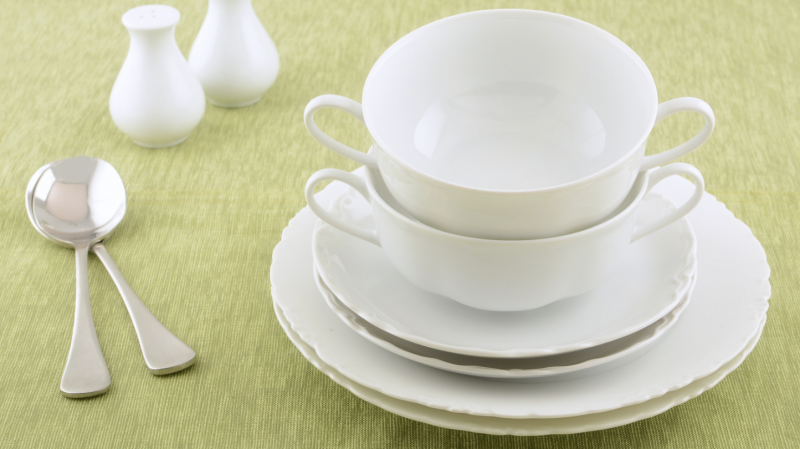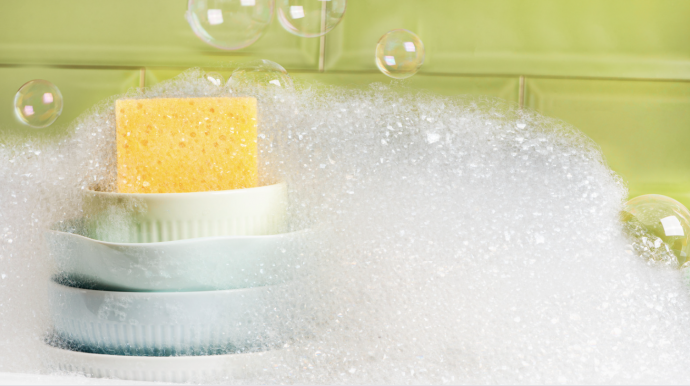Even if you have a dishwasher or a penchant for paper plates, at some point it will be necessary to wash some glasses or dishes by hand while standing at the sink. While this is not a job that most people enjoy, it is necessary and important for the health of your household to properly clean bacteria-laden surfaces. To help you accomplish this task faster and with as little effort as possible, here are nine tips to get you out of the kitchen.
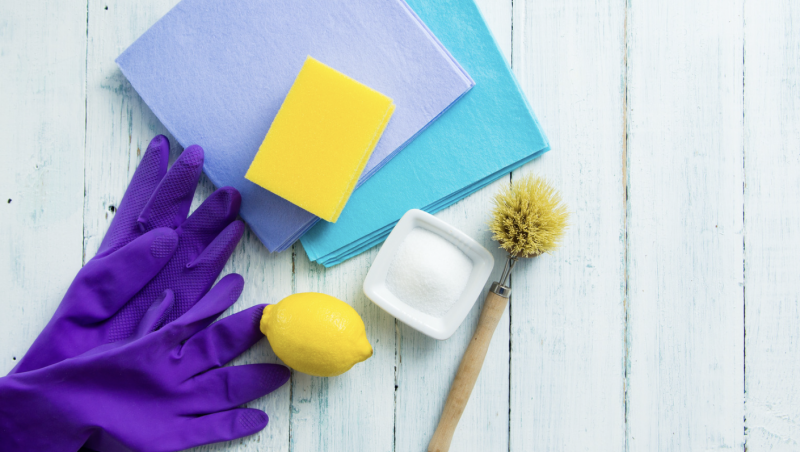
Always hand wash valuable silverware, fragile glassware and pieces of delicate porcelain, which might be damaged by a dishwasher. To remove stubborn stains and baked-on residue from other dishes, pans and utensils, old-fashioned elbow grease and a bit of traditional ingenuity are often more efficient than modern appliances.
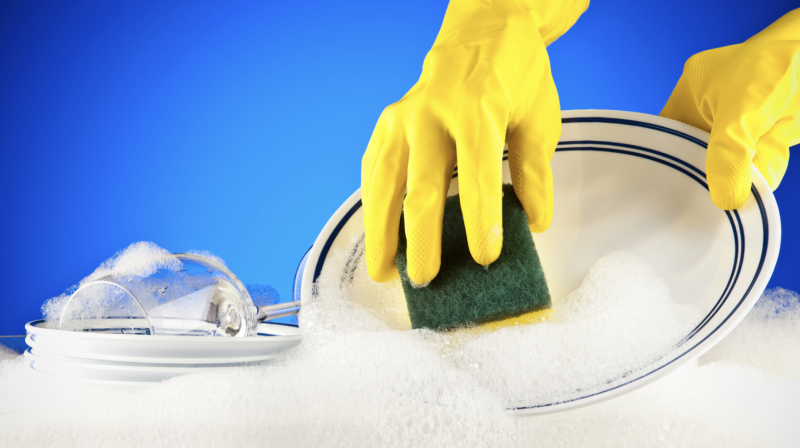
BEFORE washing
Soak dried-on food remains to soften them before rinsing. You’ll find that grease rinses off better with hot water, but carbohydrates and proteins are best removed with cold. Protect delicate porcelain by lining your sink with a towel. Rubbing lipstick marks with salt makes them much easier to wash off.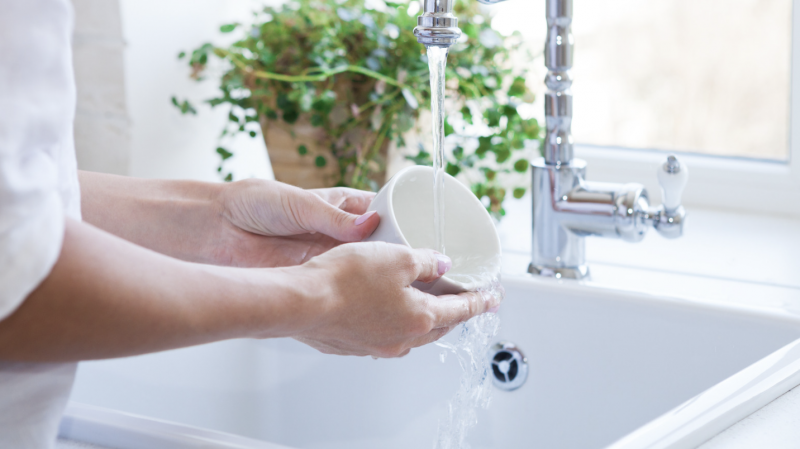
WASHING by hand
Make some soft soap (for recipe, see above) from odds and ends of old soap. As well as being a proven cleaner, it avoids waste. To kill germs, use water heated to at least 140°F (60°C) when washing by hand and change your dishwashing sponge and dish towels frequently. As a general rule of thumb, wash nongreasy items first. The proper sequence should be: glasses, cutlery; plates, bowls and other dishes; and finally, pots, pans and baking pans. If possible, fill a second sink or basin with hot, clear water for rinsing. Wash glazed and unglazed earthenware pottery by hand, without detergent if possible. Remember that the glaze on earthenware pottery is heat sensitive. Take special care when cleaning cutlery with wood, bone and ivory handles. Rinse the metal parts with a damp sponge but don’t soak or dip the handles into water. Place the cutlery into the drainer basket with the handles up. Remove hairline cracks in fine china by soaking it overnight in a large bowl of warm milk (no warmer than milk you would give to a baby). Gently hand-wash as usual—the tiny lines should disappear.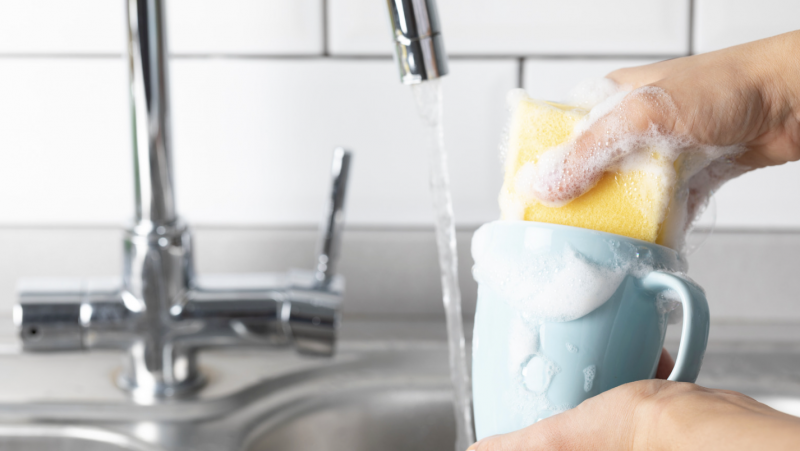
REMOVING stains from porcelain
Remove tea stains or residue from porcelain cups by mixing hot water with 1 teaspoon (5 ml) baking soda in the cup, let it soak, then wash it out thoroughly. Or, mix 2 tablespoons (30 ml) chlorine bleach in 1 quart (1 L) water. Soak the cup in the solution for no more than 2 minutes and rinse immediately. Light mineral deposits are easy to wipe off with a damp sponge and vinegar. Wash off stubborn mineral deposits by pouring a dash of citric acid and hot water into the container to be cleaned and let it sit for 1 hour. Repeat as needed until the residue is dissolved, then wash and rinse thoroughly.Wipe brown stains from a teapot with a paste of vinegar and salt.Scrub away stains with a mixture of salt and vinegar or lemon juice.